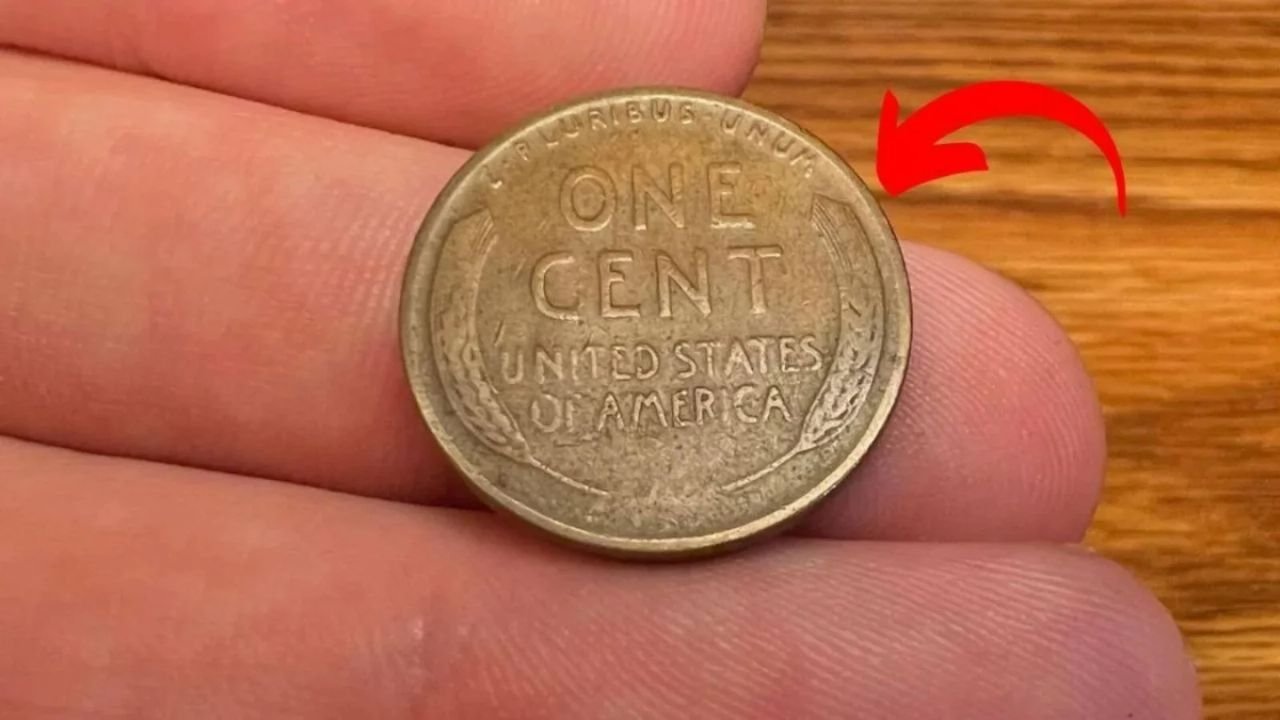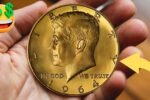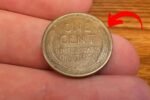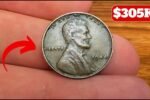What if the unassuming penny lying in your junk drawer or rattling around in your car console was secretly worth over $3 million? Sounds unbelievable, right? But that’s the extraordinary reality behind one of the rarest coins in American history — the 1943 copper Lincoln Wheat Penny. With an estimated value of up to ₹27 crore (or $3.3 million), this small piece of copper could turn into a life-changing jackpot for the lucky person who finds it.
But the 1943 copper version is only one part of the story. The broader world of Lincoln Wheat Penny collecting is filled with valuable rarities that could be hiding in plain sight. Let’s explore what makes this coin so iconic — and why it’s still being hunted by collectors and hobbyists across the country.
What is the Lincoln Wheat Penny?
The Lincoln Wheat Penny is more than just spare change — it’s a piece of American heritage. First minted in 1909, it was the first U.S. coin to feature a real historical figure: President Abraham Lincoln. On the front, it features Lincoln’s profile, while the reverse showcases two wheat stalks bordering the words “One Cent” and “United States of America.”
This design, commonly referred to as the “Wheat Penny,” remained in circulation until 1958, when it was replaced by the Lincoln Memorial design. But among all Wheat Pennies, the 1943 copper version stands out as the holy grail for collectors.
The $3.3 Million Coin: 1943 Copper Lincoln Wheat Penny
During World War II, copper was in high demand for military purposes, so the U.S. Mint began making pennies out of zinc-coated steel in 1943. However, by a twist of fate, a few copper planchets were mistakenly left in the press machines. As a result, a handful of 1943 Lincoln Wheat Pennies were minted in copper, not steel.
This rare minting error gave birth to one of the most sought-after coins in the world. Only a dozen or so authentic copper 1943 Lincoln Wheat Pennies are believed to exist today. And because of their scarcity, provenance, and historical context, these coins have sold for as much as $3.3 million at auction.
Also Read – Maruti Suzuki Wagon R Latest Model Unveiled With Premium Features, Spacious Cabin, and Great City Mileage
How to Identify a Real 1943 Copper Lincoln Wheat Penny
Think you might have one of these rare coins? Here’s how to tell if your 1943 penny could be the real deal:
- Color Check: Steel pennies look silver or gray. Copper pennies have a reddish-brown or bronze hue.
- Magnet Test: Steel is magnetic; copper is not. If your 1943 penny doesn’t stick to a magnet, you may be onto something.
- Date Accuracy: The coin must be dated “1943” — no exceptions.
- Weight Check: A genuine copper Lincoln Wheat Penny weighs about 3.11 grams, compared to 2.7 grams for steel versions.
Even if your coin passes all these checks, it’s crucial to get it professionally authenticated. Fakes and counterfeits are common, so only a reputable grading service like PCGS or NGC can verify the coin’s authenticity and value.
Beware of Counterfeits
Due to its extreme value, the 1943 copper Lincoln Wheat Penny is a favorite target for scammers. Common tricks include:
- Plating steel pennies with copper
- Modifying 1948 or 1945 coins to look like 1943
- Using lasers or engraving tools to fake dates
If you suspect you have a valuable coin, don’t clean it or try to “fix” it. Doing so can reduce its value. Instead, handle it gently and submit it for grading.
Other Valuable Lincoln Wheat Pennies
While the 1943 copper penny is the star, there are many other Lincoln Wheat Pennies worth hundreds or even thousands of dollars. Keep an eye out for these valuable variations:
- 1909-S VDB: The first-year edition with designer Victor David Brenner’s initials on the back. Worth over $100,000 in mint condition.
- 1914-D: A low-mintage coin from Denver, often valued at $10,000+ in higher grades.
- 1922 No D: An error coin with the Denver mintmark missing — another rarity.
- 1955 Double Die: A famous error where the lettering appears doubled. These can fetch up to $50,000 or more.
Each of these coins has its own fascinating story, making the Lincoln Wheat Penny series one of the most beloved in numismatics.
Where to Search for Rare Wheat Pennies
It might sound like finding a million-dollar penny is a one-in-a-million shot, but you’d be surprised how often rare coins are discovered in unexpected places:
- Inherited coin jars or piggy banks
- Loose change at grocery stores
- Bank rolls of pennies
- Estate sales or flea markets
The next time you’re counting coins, take a few extra minutes to inspect your Lincoln Wheat Pennies — especially the ones from the early 1900s and the 1940s.
What to Do If You Find a Rare Penny
- Don’t Clean It: Cleaning can damage the coin and decrease its value.
- Handle Carefully: Hold it by the edges and store in a coin flip or protective sleeve.
- Authenticate It: Contact PCGS or NGC for grading and certification.
- Explore Selling Options: Auctions, private sales, and coin dealers can help you get top dollar.
Final Thoughts
The story of the Lincoln Wheat Penny is proof that great value can come in small packages. From a historic design that honors a great president to the accidental creation of a multi-million-dollar copper coin, this humble penny continues to capture imaginations across generations.
So, the next time you hear coins jingling in your pocket or come across an old jar of change, don’t just ignore them. That little Lincoln Wheat Penny could turn out to be a life-changing treasure waiting to be discovered.
Some Important Link
| Telegram Group | Click Here |
| WhatsApp Group | Click Here |
| Home Page | Click Here |






